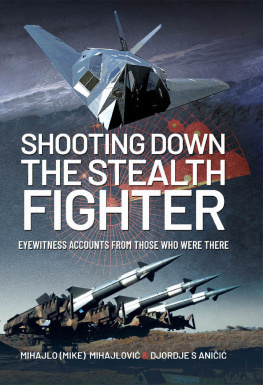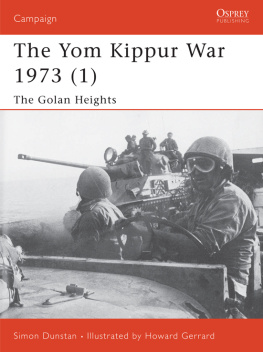Mandeep Singh - Air Defence Artillery in Combat, 1972 to the Present: The Age of Surface-to-Air Missiles
Here you can read online Mandeep Singh - Air Defence Artillery in Combat, 1972 to the Present: The Age of Surface-to-Air Missiles full text of the book (entire story) in english for free. Download pdf and epub, get meaning, cover and reviews about this ebook. year: 2020, publisher: Air World, genre: Non-fiction. Description of the work, (preface) as well as reviews are available. Best literature library LitArk.com created for fans of good reading and offers a wide selection of genres:
Romance novel
Science fiction
Adventure
Detective
Science
History
Home and family
Prose
Art
Politics
Computer
Non-fiction
Religion
Business
Children
Humor
Choose a favorite category and find really read worthwhile books. Enjoy immersion in the world of imagination, feel the emotions of the characters or learn something new for yourself, make an fascinating discovery.

- Book:Air Defence Artillery in Combat, 1972 to the Present: The Age of Surface-to-Air Missiles
- Author:
- Publisher:Air World
- Genre:
- Year:2020
- Rating:5 / 5
- Favourites:Add to favourites
- Your mark:
Air Defence Artillery in Combat, 1972 to the Present: The Age of Surface-to-Air Missiles: summary, description and annotation
We offer to read an annotation, description, summary or preface (depends on what the author of the book "Air Defence Artillery in Combat, 1972 to the Present: The Age of Surface-to-Air Missiles" wrote himself). If you haven't found the necessary information about the book — write in the comments, we will try to find it.
Anti-aircraft artillery truly came into prominence during the Second World War, shooting down more aircraft than any other weapon and seriously affecting the conduct of air operations. Development continued into the Cold War, resulting in the extensive introduction of surface-to-air missiles, or SAMs. Though the first combat success of such weapons was during the Vietnam War, when a Soviet-designed S-75 Dvina missile shot down a USAF F-4C Phantom on 24 July 1965, it was the Yom Kippur War of 1973 which brought surface-to-air missiles to the center stage.
During this short but bitter conflict, Egyptian and Syrian air defenses shot down nearly fifty Israeli aircraft in the first three days alonealmost a fourth of Israels entire combat aircraft fleet. In all, Israel lost 104 aircraft during the war and, for the first time, more aircraft were lost to SAMs than any other cause. The age of surface-to-air missiles had dawned.
In this unique examination, the author details the development of not just surface-to-air missiles, but all anti-aircraft artillery, since 1972. The part that such equipment played in all of the major conflicts since then is explored, including the Soviet Afghan War, the Falklands War, in which Rapier was deployed, the conflict in Lebanon, Kosovo and Bosnia, the Gulf War, Operation Desert Storm in 1991, and Operation Iraqi Freedom in 1993. The investigation is brought right up to date by a study of the weapons, tactics and engagements seen in the conflicts in Syria and Yemen.
Mandeep Singh: author's other books
Who wrote Air Defence Artillery in Combat, 1972 to the Present: The Age of Surface-to-Air Missiles? Find out the surname, the name of the author of the book and a list of all author's works by series.












